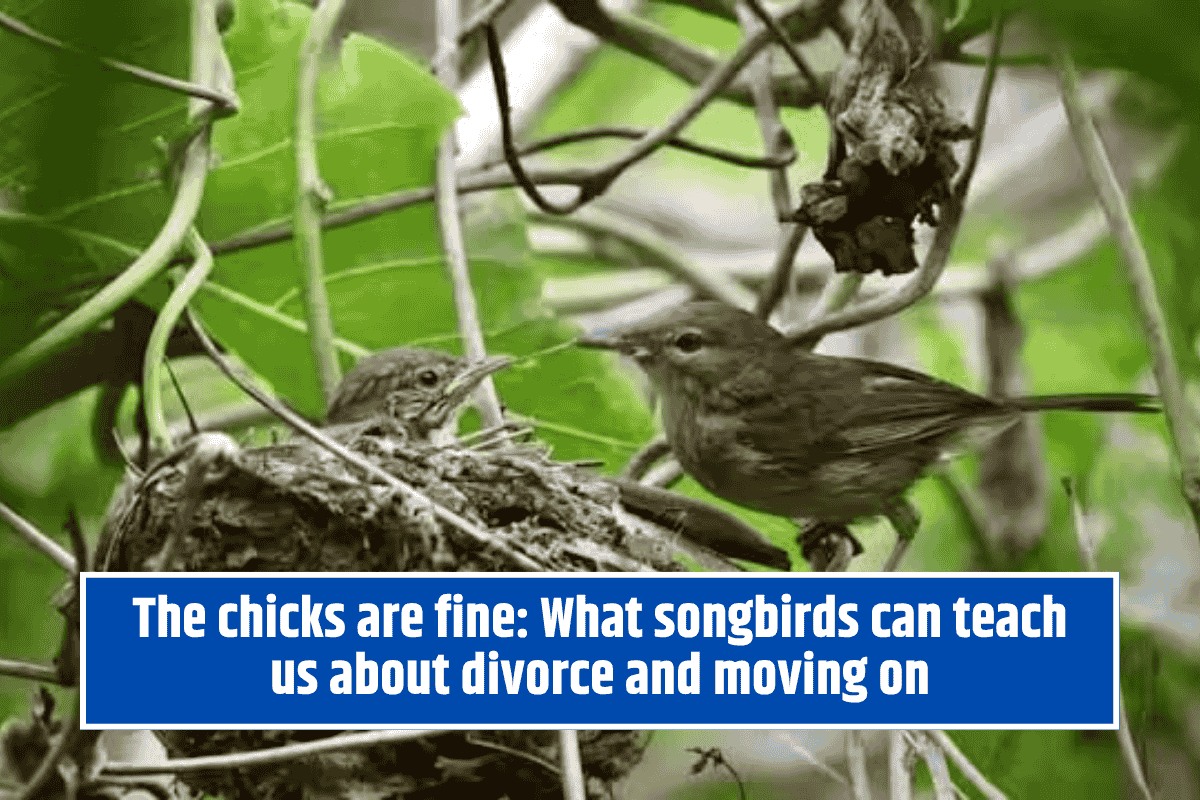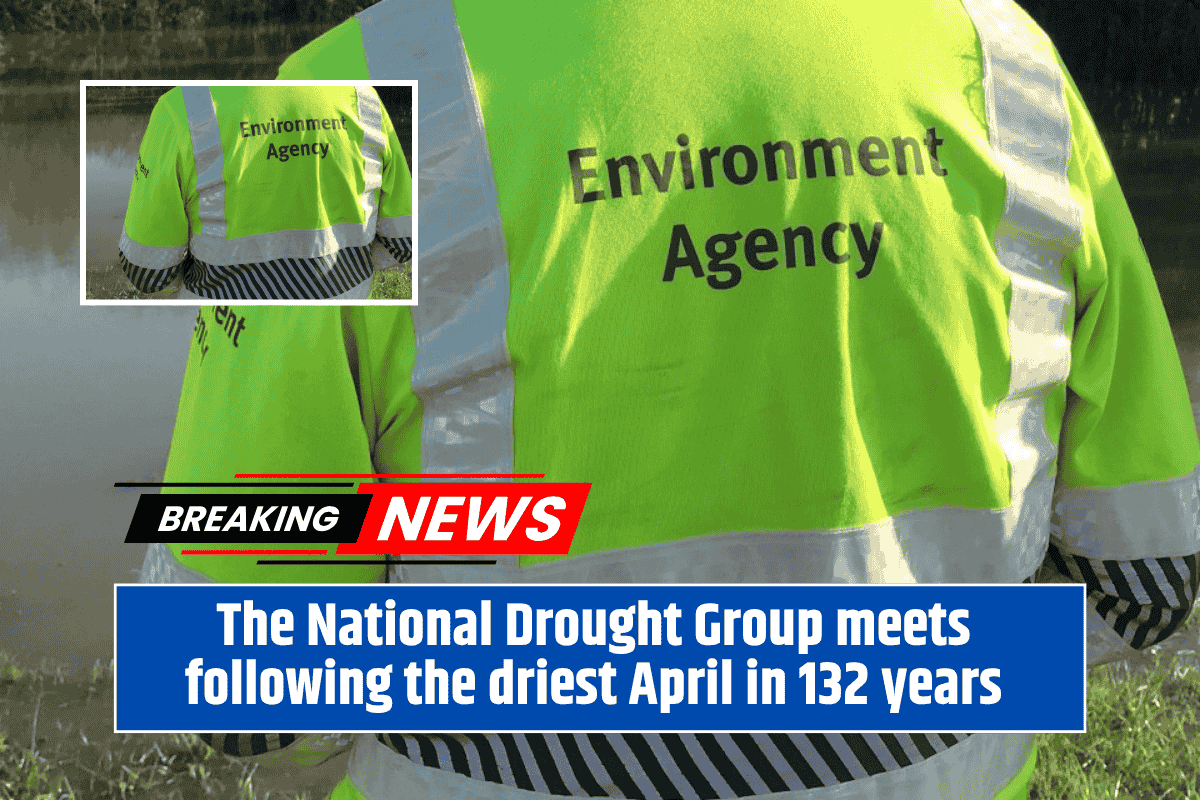For years, scientists believed that birds, with their ability to fly long distances and live in diverse habitats, would be better able to handle rising temperatures than other animals. However, a new study from Yale University shows that even North America’s most mobile birds cannot move quickly enough to escape the effects of climate change.
Birds Are Moving, But Not Fast Enough
Researchers studied 406 bird species using 20 years of data from volunteer birdwatchers combined with local weather records. While many birds have shifted their ranges north or to higher elevations, these moves only reduced the temperature increase they faced by a small margin. On average, birds moved 40 to 50 miles toward cooler areas, but the continent warmed faster, causing birds to still experience higher temperatures than before.
In winter, the situation is worse. Birds’ movements reduced their exposure to warming by only about 11 percent, meaning they still faced a large temperature increase of nearly 3.7°C in the areas they now occupy.
Winners and Losers Among Birds
Long-distance migrators like the blue-winged warbler coped better, shifting their breeding grounds over 100 miles north and avoiding about two degrees of extra heat. Meanwhile, birds with very specific habitat needs, such as the cactus wren of the American Southwest, have barely moved and face intense warming without easy escape routes.
Most birds moved north or uphill, but not all populations moved equally. Some ended up in unsuitable habitats or were blocked by natural or human-made barriers like mountains and cities.
Why Birds Can’t Keep Up
Lead researcher Jeremy Cohen explained that temperature zones are moving north at about 20 to 50 miles per decade, roughly the same distance birds shifted over the entire 20-year study. To keep pace, birds would need to move much faster—something geography, weather, and their natural behaviors (like returning to the same nesting sites every year) make difficult.
Furthermore, climate is only part of what birds need. They also depend on food availability, safe nesting sites, and avoid predators, which might not be available in new areas that seem climatically suitable.
Implications for Less Mobile Animals
If even birds struggle to keep pace with warming, animals that cannot move as far or fast—like reptiles, amphibians, and small mammals—face even greater risks. Roads, urban development, and other barriers further restrict their movement, making survival in a warming world more challenging.
Preventing an Extinction Crisis
This study highlights a growing mismatch between the climates species are adapted to and the rapidly changing environments they face. Protecting only traditional habitats may no longer be enough. Conservation efforts should focus on creating corridors that allow animals to gradually move to new, suitable habitats over generations.
Urban planning can also help by creating green spaces and reducing hazards such as collisions with glass. However, the most effective long-term solution remains slowing climate change by reducing global greenhouse gas emissions.
While birds will continue to migrate, they will face warmer conditions and earlier springs, making their survival a race against time. The study serves as a warning that flight alone cannot save wildlife from the rapid pace of climate change, emphasizing the urgent need for broad conservation strategies and climate action to protect biodiversity.
FAQs
Can birds migrate fast enough to escape climate change?
No, most North American bird species cannot move quickly enough to keep pace with rising temperatures, according to recent research.
Which bird species cope best with warming climates?
Long-distance migrators like the blue-winged warbler shift their breeding ranges significantly, reducing some heat exposure, but still face warmer conditions than before.
What limits birds from moving faster to cooler habitats?
Barriers such as geography, habitat needs, natural behaviors like returning to the same nesting sites, and competition restrict how quickly birds can shift their ranges.
How does climate change affect less mobile animals?
Less mobile animals such as reptiles, amphibians, and small mammals are at higher risk because they cannot move as quickly or far to escape warming and face additional barriers like roads and urban development.
What conservation actions can help birds and wildlife cope with warming?
Creating habitat corridors, protecting stepping-stone habitats, reducing urban hazards, and slowing global climate change by reducing emissions are key strategies to support wildlife survival.















